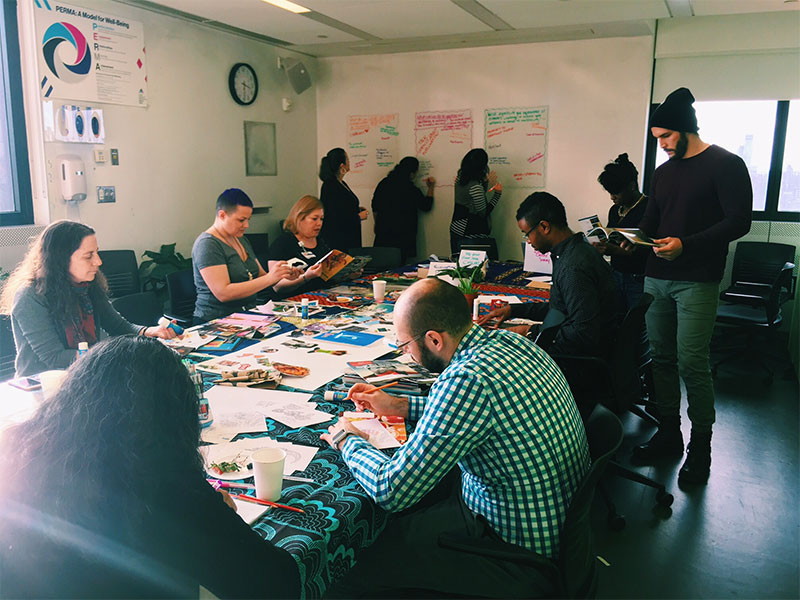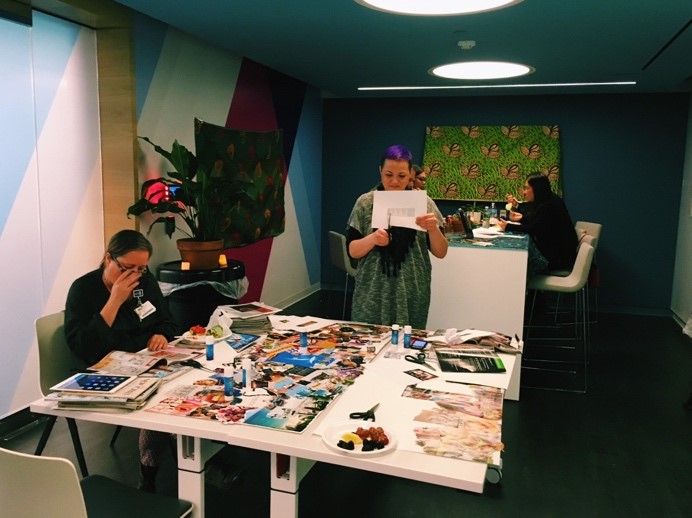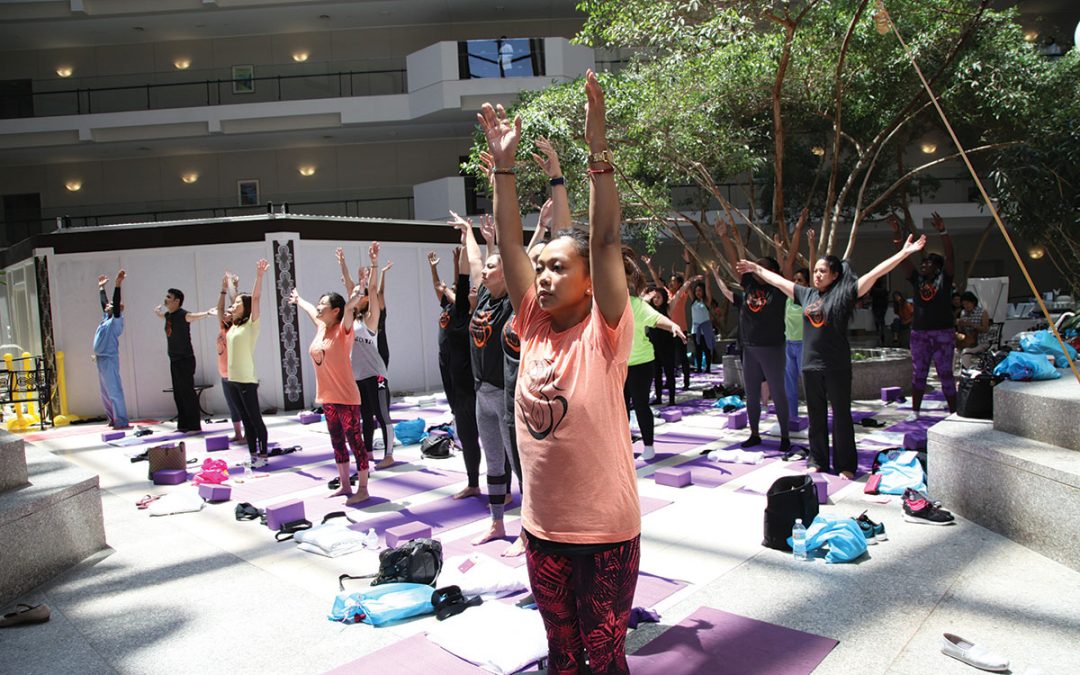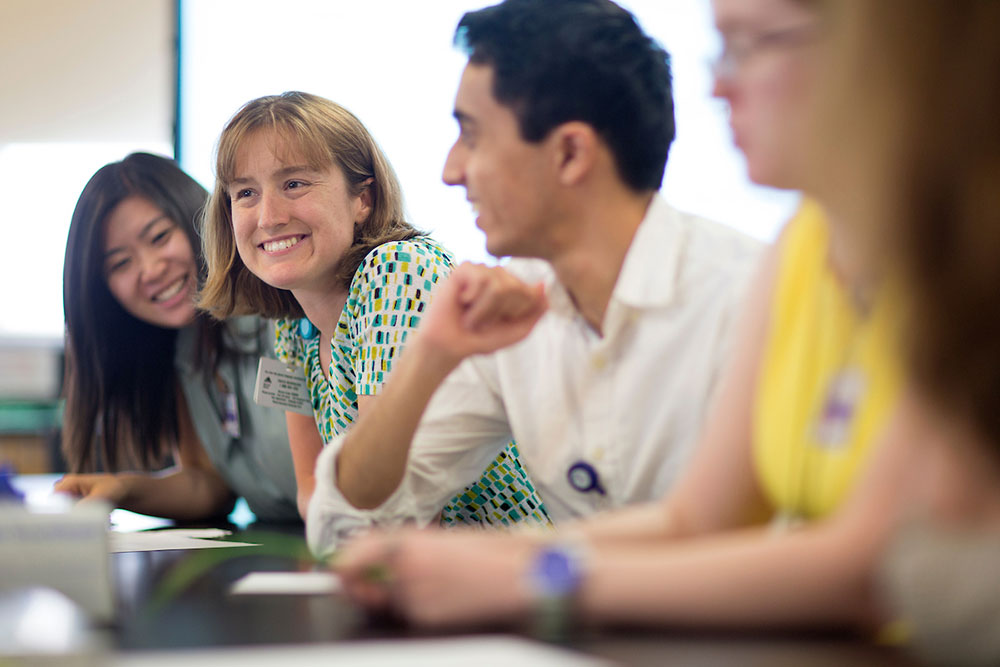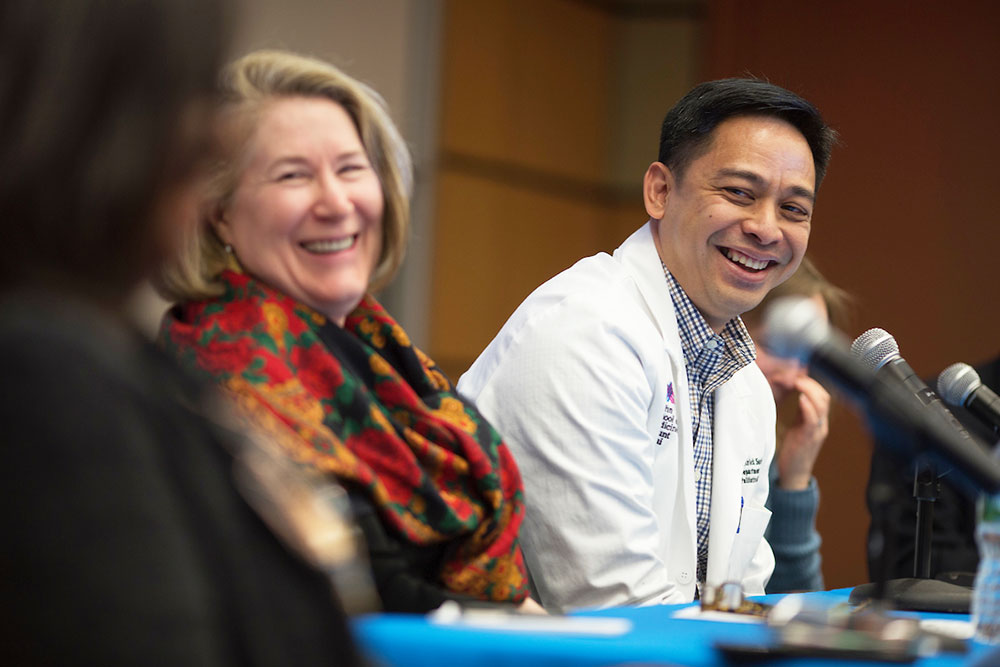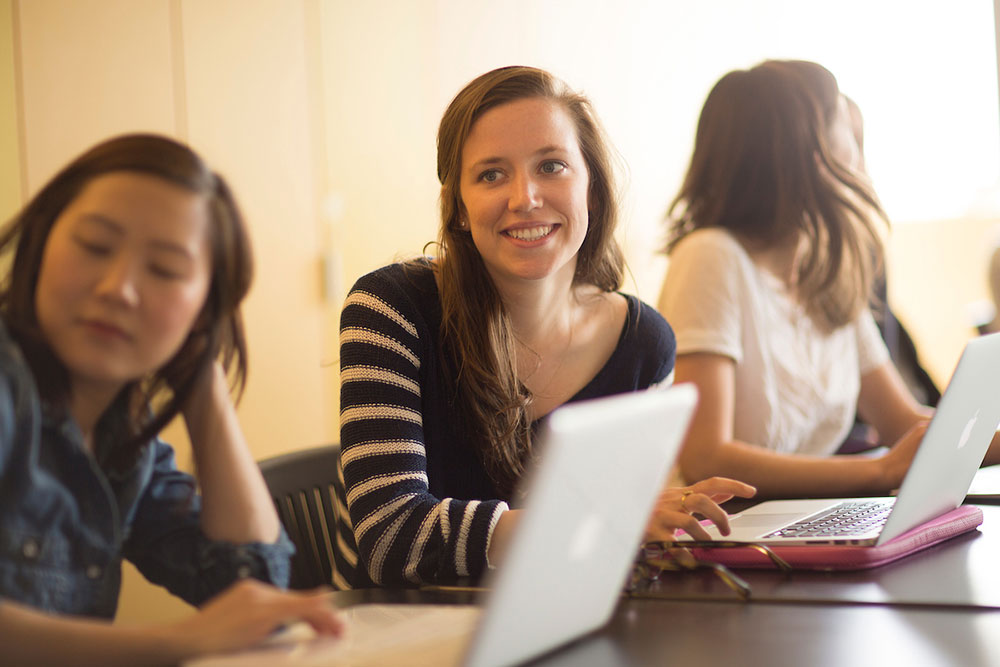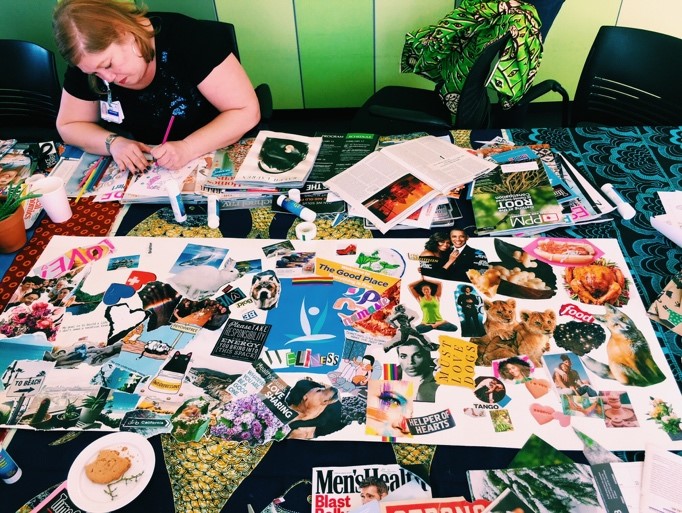
Fostering “Open Spaces”—An Assessment on Wellness
In March 2018, the Department of Medical Education Wellness Subcommittee debuted “Open Spaces”—a hands-on wellness event offered to Medical Education employees as a component of the Wellness Needs Assessment. Following the Employee Wellness Survey and a series of Wellness Team meetings, “Open Spaces” was created. “Open Spaces” is part of the Subcommittee’s commitment and mission to design a participatory needs assessment that would foster community, communication, and creativity for all in the department.
The goal of “Open Spaces”—designed by Jennifer Galindo, Senior Clinical Curriculum Coordinator from the Office of Curriculum Support; Beverly Forsyth, MD, Medical Director of the Morchand Center; and Anu Anandaraja, MD, Assistant Clinical Professor and Wellness Needs Assessment lead—was to create a nurturing space for participants to freely express their ideas about well-being, while being supported to care for their own well-being in the process.
The team transformed various classrooms and conference rooms, by draping colorful materials, bringing in plants and aromatherapy, playing music, and providing food to create a welcoming and cheerful environment. Arts and crafts stations were also set up for employees to participate in coloring activities, make clay models, create collages, and contribute to a Department of Med Ed Community Wellness vision board.
All employees were invited to attend three separate “Open Spaces” sessions. People were encouraged to stop by anytime to eat, talk, and create. Participants were encouraged to express their ideas about wellness by either contributing to the community vision board, or by writing their thoughts on a series of posters around the room (which posed specific questions about wellness and perceived barriers to wellness in their work environment).
The “Open Spaces” Team received an abundant amount of positive feedback regarding employees’ experiences participating in the “Open Spaces,” as well as requests for it to continue as part of ongoing wellness program. Across the Department of Medical Education, fragments of the event still linger—from small clay figurines to colorful paintings on someone’s desk.
“Open Spaces” also strengthened the Department of Med Ed’s bond, allowed employees to discover each other’s hidden artistic talents and hobbies, and make new connections with colleagues.
Observations from the “Open Spaces” experience and written information recorded on the posters will be included in the overall Wellness Needs Assessment data. The complete data will be analyzed and presented with recommendations to the department’s leadership in the fall.
We look forward to the opportunity to integrate elements of “Open Spaces” into our future wellness activities, and to include more of our colleagues in what proved to be an exciting and rewarding creative process that encourages our work environment to be a more open space.

